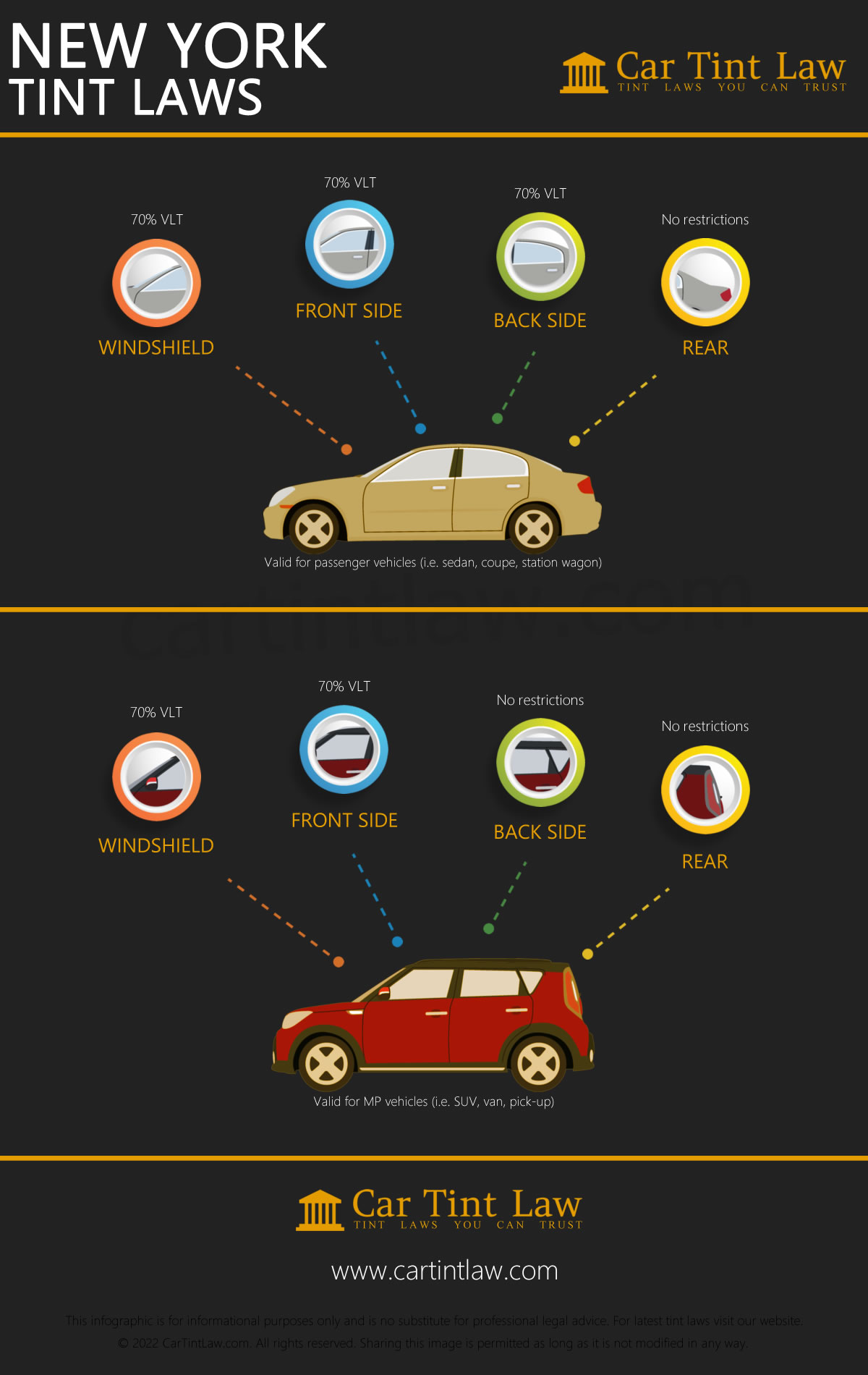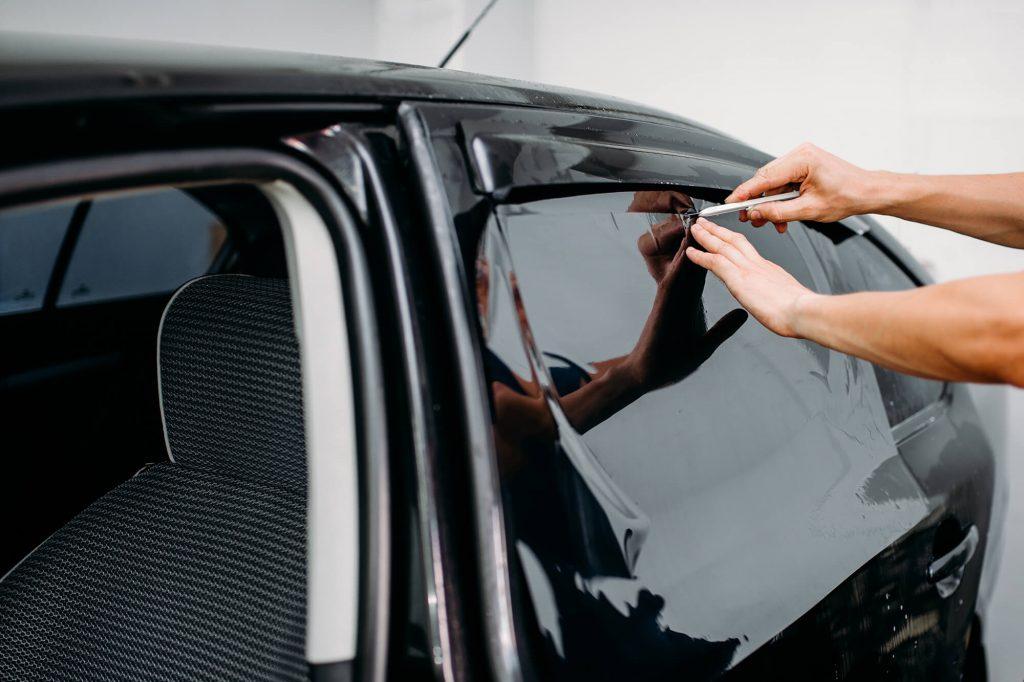Checking Out the Legal Elements of window tinting in Your State
Checking Out the Legal Elements of window tinting in Your State
Blog Article
Necessary Aspects to Consider When Finding Home Window Color for Your Vehicle
Picking the right window color for your car entails a mindful assessment of numerous vital factors that can substantially affect both legality and performance. Understanding neighborhood policies relating to Visible Light Transmission (VLT) is critical to prevent potential penalties. The choice of home window tints differs widely, including alternatives that provide differing levels of UV protection and warm denial, each with unique advantages. Additionally, the option in between professional installation and do it yourself methods can influence both expense and top quality. Each of these elements plays an essential function, but there are still factors to consider that might surprise you.
Legal Rules and Restrictions

For example, some states permit darker tints for rear home windows while enforcing more stringent limits on front windows. Additionally, laws might determine details shades or products that can be used, forbiding reflective or metal colors in certain situations.
It is essential to consider not only the visual wishes but additionally the capability and safety effects of home window tinting. Prior to installation, lorry owners should acquaint themselves with their regional laws, which can usually be discovered on state transport sites or through neighborhood law enforcement firms.
Sorts Of Home Window Tint
Home window tint is available in various types, each created to meet various needs and preferences. One of the most usual types consist of colored, metalized, ceramic, and hybrid tints.
Colored window color is preferred for its aesthetic allure, offering a consistent look while lowering glare. Nonetheless, it uses minimal warm denial and may discolor in time. Metalized tint, on the various other hand, incorporates metallic bits that show warmth and UV rays, enhancing toughness and providing exceptional efficiency. This type can interfere with digital signals, which is an important consideration for those who rely on GPS or cell reception.
Ceramic home window color is a costs alternative, offering exceptional warmth rejection and UV security without endangering visibility. Its non-metallic building makes certain that it does not conflict with digital signals, making it an excellent choice for modern cars. Finally, hybrid tints integrate the advantages of dyed and metalized films, offering a balance of looks and efficiency.
When choosing a window tint, it's crucial to consider each kind's attributes and just how they straighten with your certain demands for privacy, warmth being rejected, and looks.
UV Defense and Heat Denial
A considerable factor to take into consideration in home window tint choice is the degree of UV security and heat being rejected it gives. Choosing a window tint that uses high UV protection is necessary for safeguarding both useful content residents and the lorry's products.
Along with UV security, warmth denial is another essential element. Colors outfitted with advanced technology can show and soak up solar energy, keeping the car colder and minimizing dependence on a/c. window tinting. This not only improves convenience however can additionally lead to enhanced fuel effectiveness, especially in hot environments
When assessing different tint choices, search for those with a high Noticeable Light Transmission (VLT) percentage while maintaining effective UV and infrared heat rejection capabilities. Products that satisfy these requirements commonly show remarkable top quality and efficiency, ensuring that your vehicle remains a secure and comfy atmosphere. Eventually, purchasing credible home window tint that masters UV security and heat rejection will certainly yield long-term advantages for both wellness and automobile maintenance.
Installment Techniques and Costs
Selecting the right window tint involves not just comprehending its safety features however additionally considering the installation techniques and connected prices. Professional installation normally ensures a high-quality surface, as knowledgeable professionals ensure that the tint is applied efficiently without imperfections or bubbles.
On the other hand, DIY sets are readily available at a lower price point, typically in between $50 and $150. They need a specific level of ability and perseverance, as inappropriate application can lead to unacceptable results (window tinting). It's essential to adhere to the supplier's guidelines diligently and permit adequate time for setup
In addition, consider the prospective prices of getting rid of or changing incorrectly mounted tint, which can intensify promptly. Eventually, choosing the most appropriate installation method hinges on stabilizing budget plan restrictions with the desire for quality, longevity, and visual appeal of the home window color.
Maintenance and Longevity
Proper upkeep is necessary for making sure the durability of your vehicle's home window color. Regular cleansing and care can considerably influence the appearance and durability of the tint - window tinting. It is advised to wait a minimum of a week after installation prior to cleaning up the windows to enable the adhesive to heal totally
When cleaning up tinted visit their website windows, use a soft microfiber fabric and a gentle, ammonia-free cleaner. Rough chemicals can weaken the tint, bring about peeling or staining. Avoid making use of unpleasant products, as they can scrape the surface area and jeopardize the color's stability.

Check your window tint regularly for any kind of indications of damages, such as gurgling or discoloration. Early discovery enables for timely fixings, protecting the color's capability and visual appeal. By adhering to these upkeep methods, you can enhance the long life and aesthetic quality of your automobile's window color, guaranteeing it stays a practical and eye-catching function for several years to come.
Conclusion
Finally, selecting the proper window tint for a lorry requires careful consideration of numerous factors, consisting of lawful policies, kinds of tint offered, and the twin benefits of UV security and warm being rejected. The selection in between expert installment and Do it yourself methods can considerably affect both prices and quality. Normal upkeep is important to guarantee the durability of the tint. A knowledgeable choice ultimately improves both the comfort and security of the car's passengers and interior.
Picking a home window tint that provides high UV protection is crucial for safeguarding both owners and the lorry's products. Eventually, investing in reliable window color that succeeds in UV security look at these guys and heat denial will certainly generate long-term advantages for both wellness and automobile maintenance.
Correct maintenance is necessary for guaranteeing the longevity of your lorry's home window tint. By sticking to these maintenance techniques, you can boost the longevity and aesthetic high quality of your vehicle's window tint, guaranteeing it remains a eye-catching and functional attribute for years to come.
In final thought, selecting the proper window color for a lorry requires mindful consideration of numerous aspects, consisting of lawful laws, types of color offered, and the twin benefits of UV security and heat rejection.
Report this page